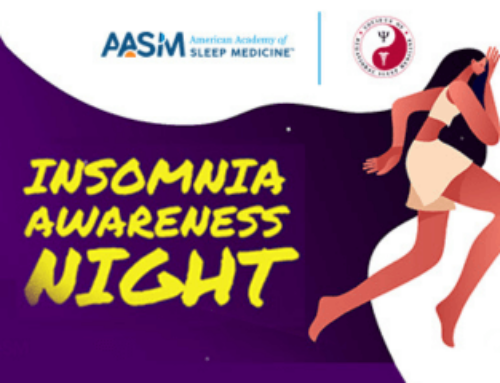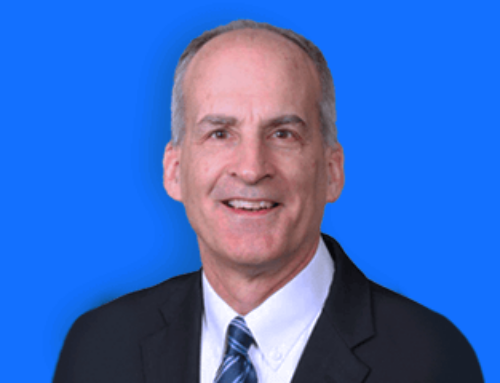EMBARGOED FOR RELEASE: 12:01 a.m. EDT, April 1, 2011
CONTACT: Emilee McStay, 630-737-9700, ext. 9345, emcstay@aasm.org
DARIEN, IL –A study in the April 1 issue of the journal SLEEP suggests that the risk of death is more than two times higher in older adults who have sleep apnea and report struggling with excessive daytime sleepiness.
Results of adjusted proportional hazards modeling show that older adults with moderate to severe sleep apnea who reported struggling with excessive daytime sleepiness at baseline were more than twice as likely to die (hazard ratio = 2.28) as subjects who had neither problem. The risk of death was insignificant in older adults with only excessive daytime sleepiness (HR = 1.11) or sleep apnea (HR = 0.74). Participants had a mean age of 78 years at baseline, and about 55 percent (n = 160) died during an average follow-up period of 14 years.
“Excessive daytime sleepiness, when associated with sleep apnea, can significantly increase the risk of death in older adults,” said principal investigator and lead author Dr. Nalaka S. Gooneratne, assistant professor of medicine in the University of Pennsylvania Health System in Philadelphia, Pa. “We did not find that being sleepy in and of itself was a risk. Instead, the risk of increased mortality only seemed to occur when sleep apnea was also present.”
Gooneratne added that both daytime sleepiness and sleep apnea are common problems, with sleep apnea affecting up to 20 percent of older adults.
According to the American Academy of Sleep Medicine, the most common form of sleep apnea is obstructive sleep apnea, which occurs when soft tissue in the back of the throat collapses and blocks the upper airway during sleep. Older adults also are at risk for central sleep apnea, which involves a repetitive absence of breathing effort during sleep caused by a dysfunction in the central nervous system or the heart. Only four percent of participants had central sleep apnea, and there was no meaningful change in the results when they were excluded from the analysis.
The study involved 289 adults with neither dementia nor depression who were recruited from the community. Seventy-four percent were female. About half (n = 146) had significant levels of excessive daytime sleepiness at baseline, reporting that they felt sleepy or struggled to stay awake during the daytime at least three to four times a week. Sleep apnea was measured objectively by one night of polysomnography in a sleep lab. For analysis, participants were included in the sleep apnea group only if they had an apnea-hypopnea index of 20 or more breathing pauses per hour of sleep, which represents a moderate to severe level of sleep apnea.
Participants were recruited between 1993 and 1998. Survival status was determined by searching the social security death index, with follow-up ending Sept. 1, 2009.
According to the authors, the mechanism by which sleep apnea and excessive daytime sleepiness increase the risk of death is unclear. They suspect that inflammation may be involved, which could increase the risk of other medical problems such as hypertension. It also remains to be seen if treatment reduces the risk of death.
“Future research is needed to assess whether treating the sleep apnea can reduce mortality,” said Gooneratne.
The treatment of choice for OSA is CPAP therapy, which provides a steady stream of air through a mask that is worn during sleep. This airflow keeps the airway open to prevent pauses in breathing and restore normal oxygen levels.
The study was supported by the National Institutes of Health through the National Institute on Aging and the National Center for Research Resources.
Help for people who have sleep apnea is available at more than 2,200 AASM-accredited sleep disorders centers across the U.S. An online directory of AASM-accredited sleep centers is available at www.sleepcenters.org.
The monthly peer-reviewed, scientific journal SLEEP is published online by the Associated Professional Sleep Societies LLC, a joint venture of the American Academy of Sleep Medicine and the Sleep Research Society. The AASM is a professional membership society that is the leader in setting standards and promoting excellence in sleep medicine health care, education and research (www.aasm.org).
For a copy of the study, “Sleep disordered breathing with excessive daytime sleepiness is a risk factor for mortality in older adults,” or to arrange an interview with an AASM spokesperson, please contact Public Relations Coordinator Emilee McStay at 630-737-9700, ext. 9345, or emcstay@aasm.org.
###








